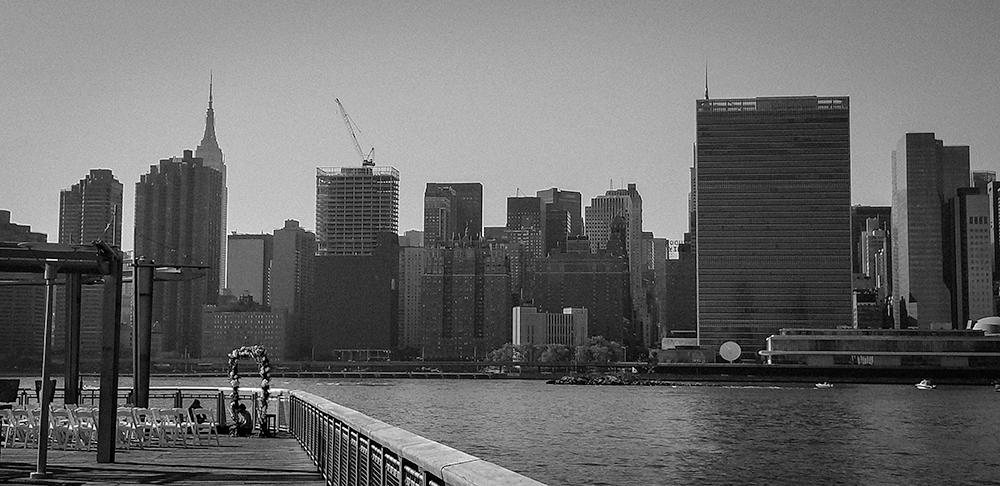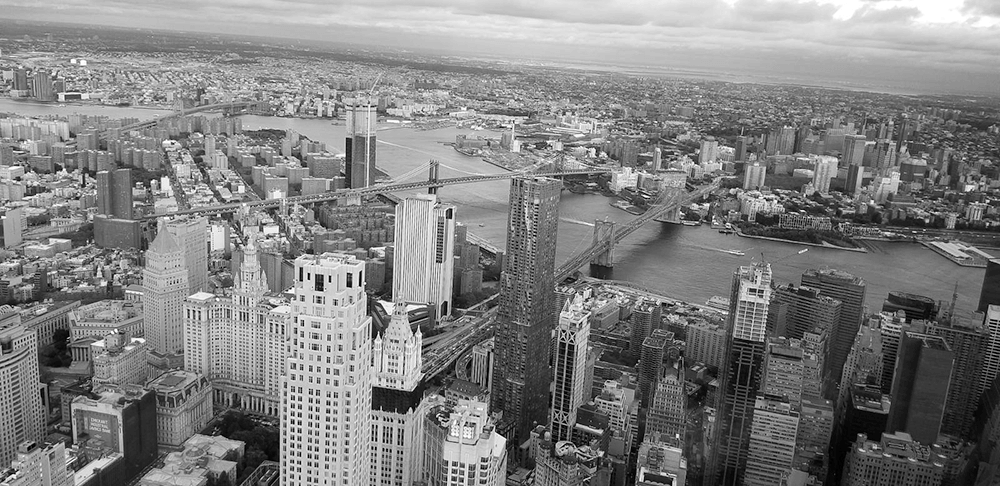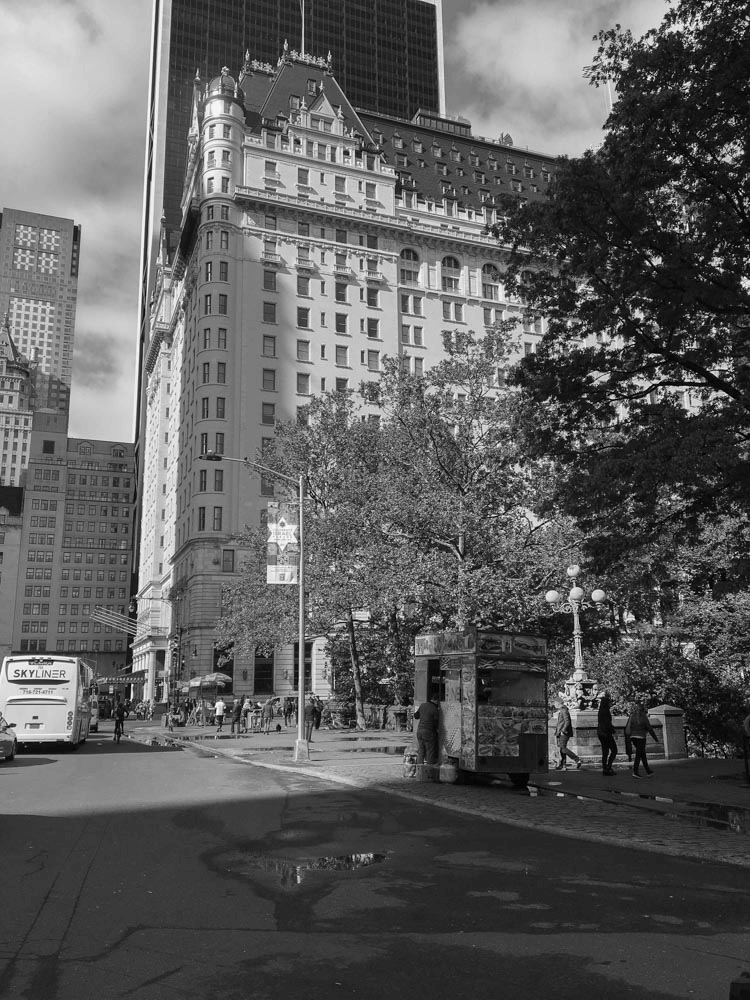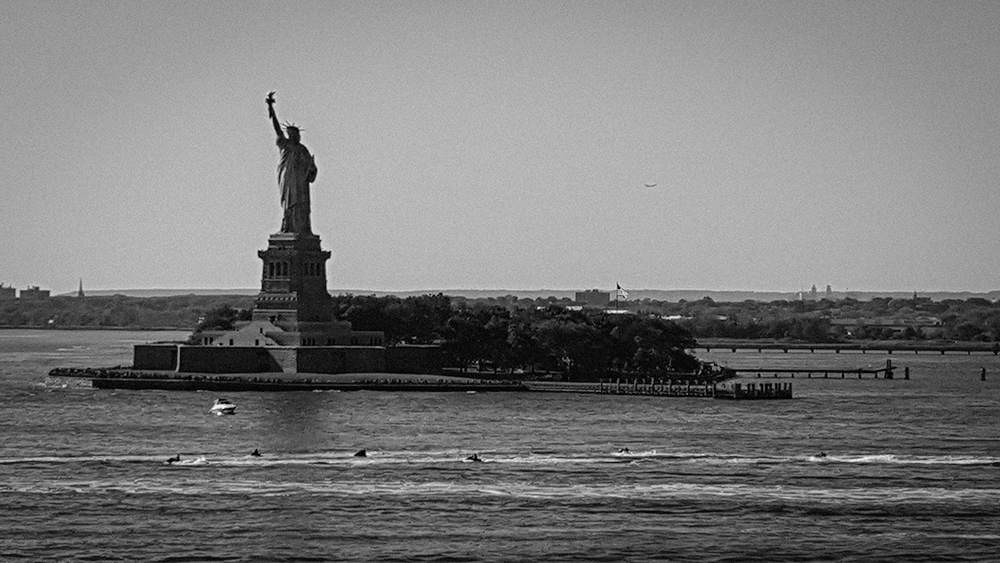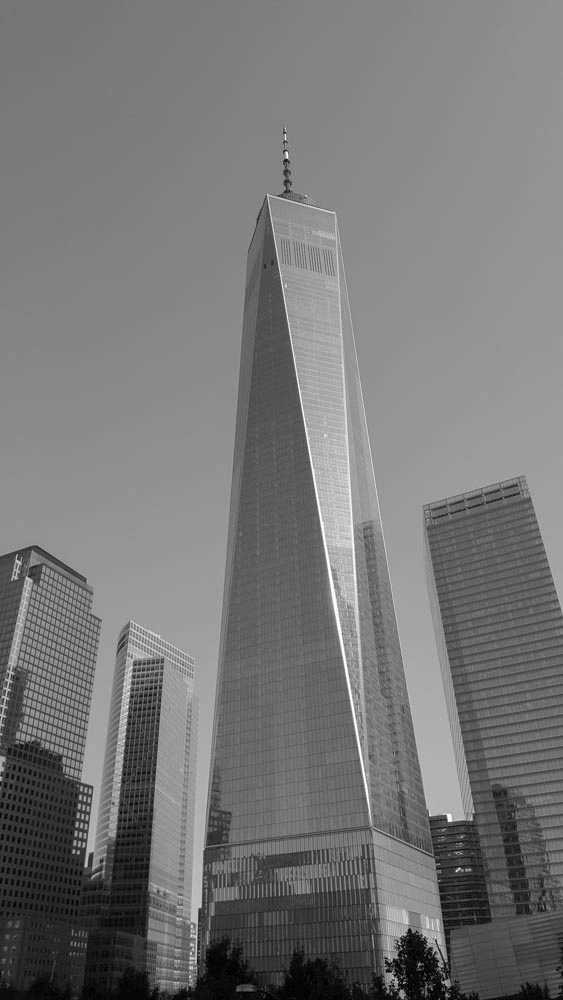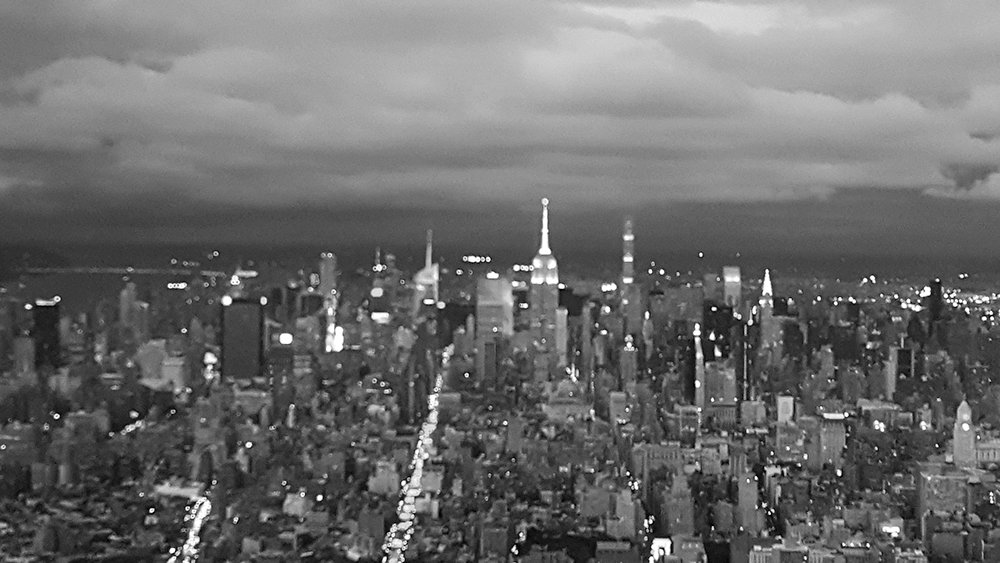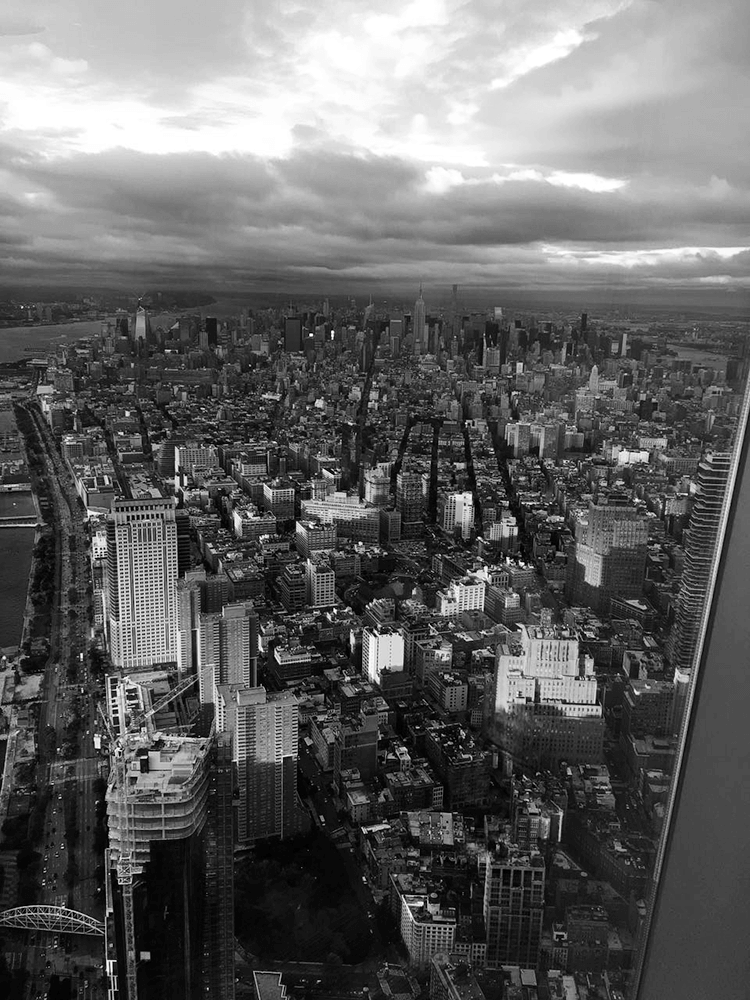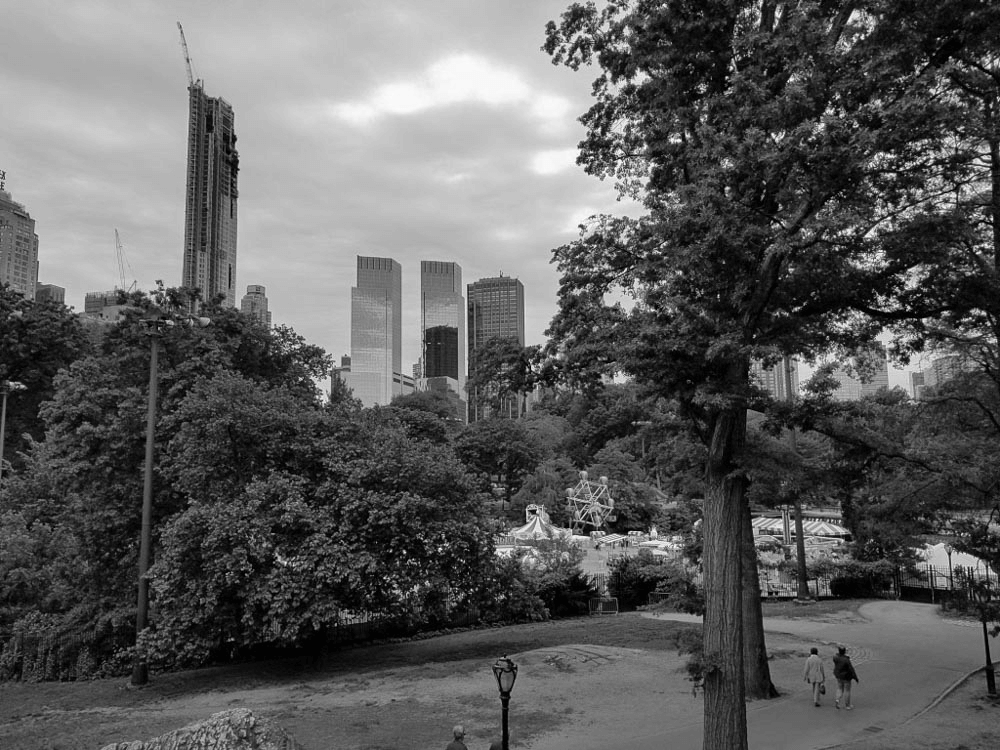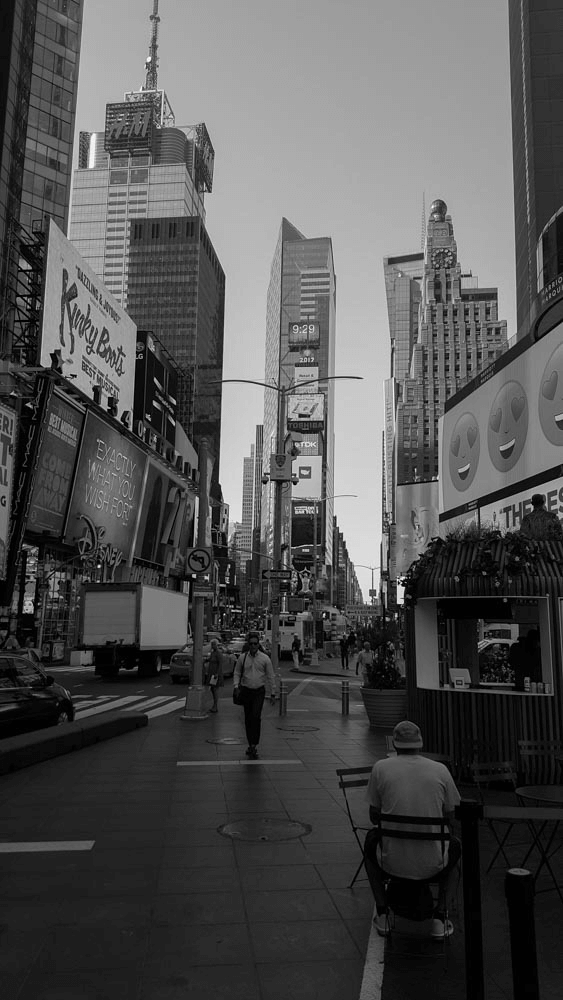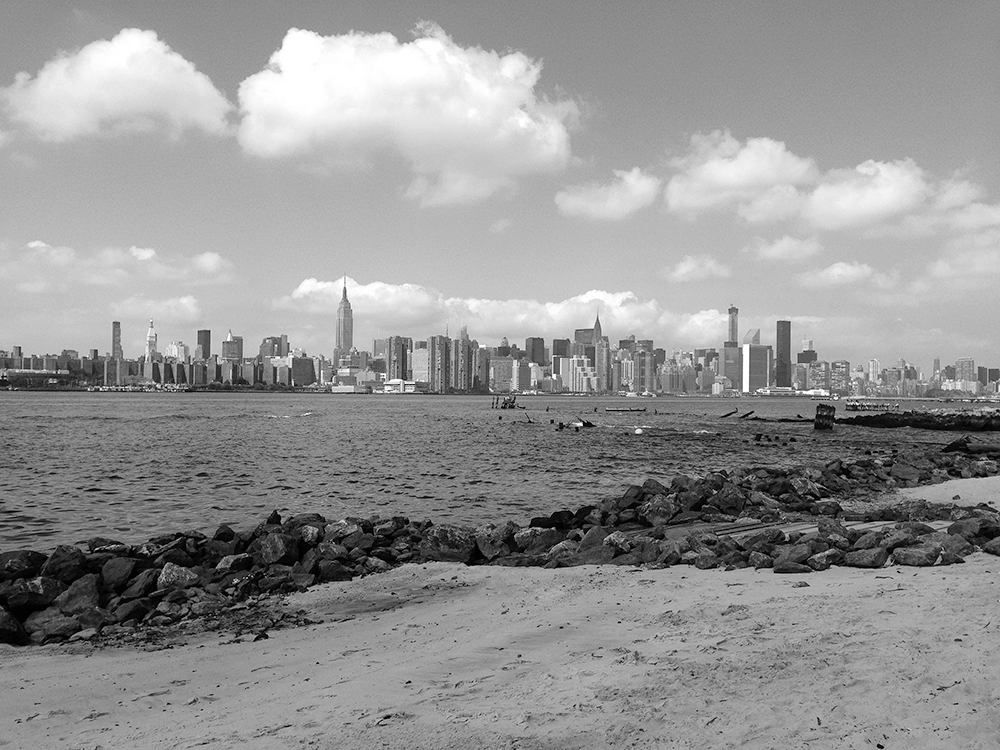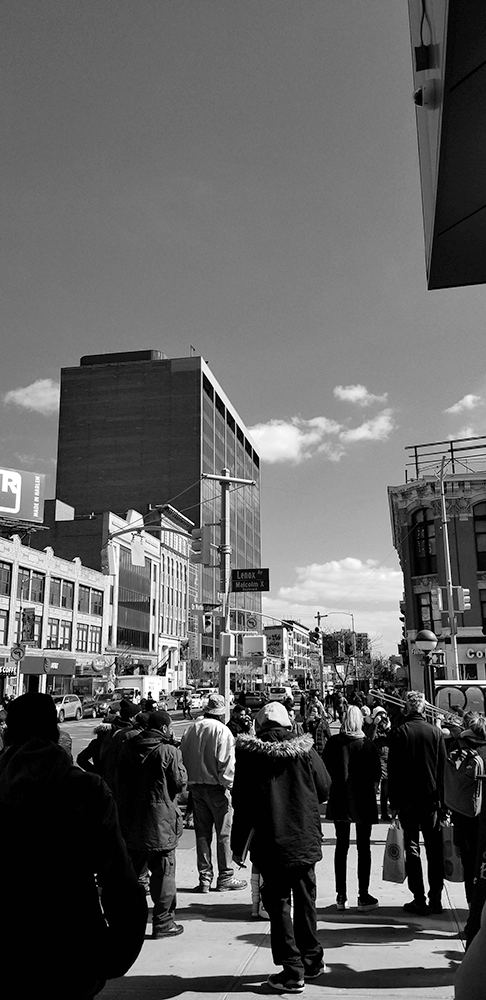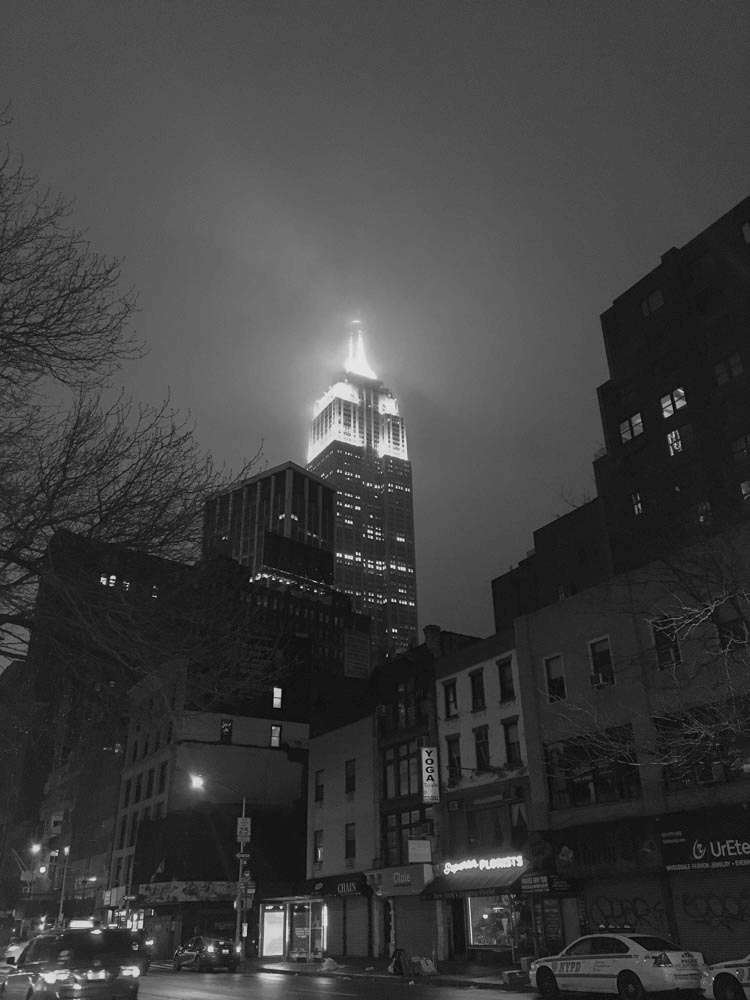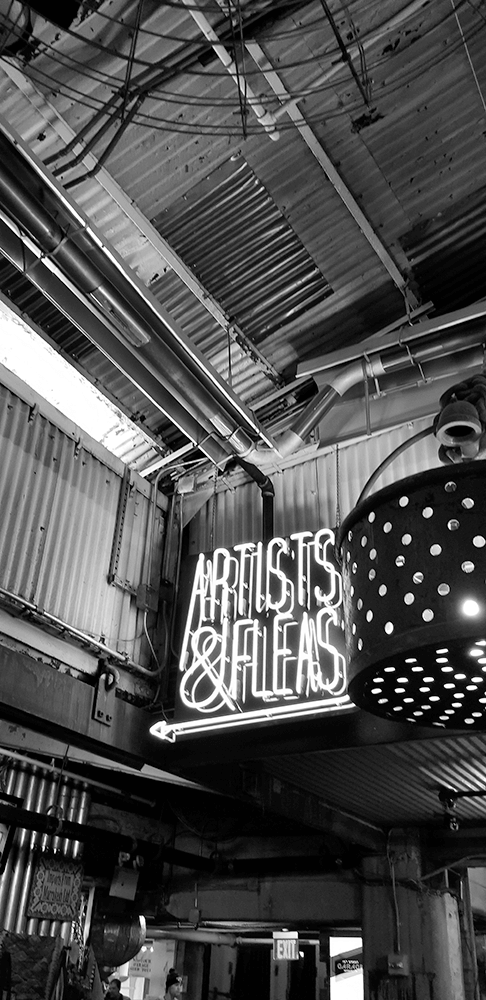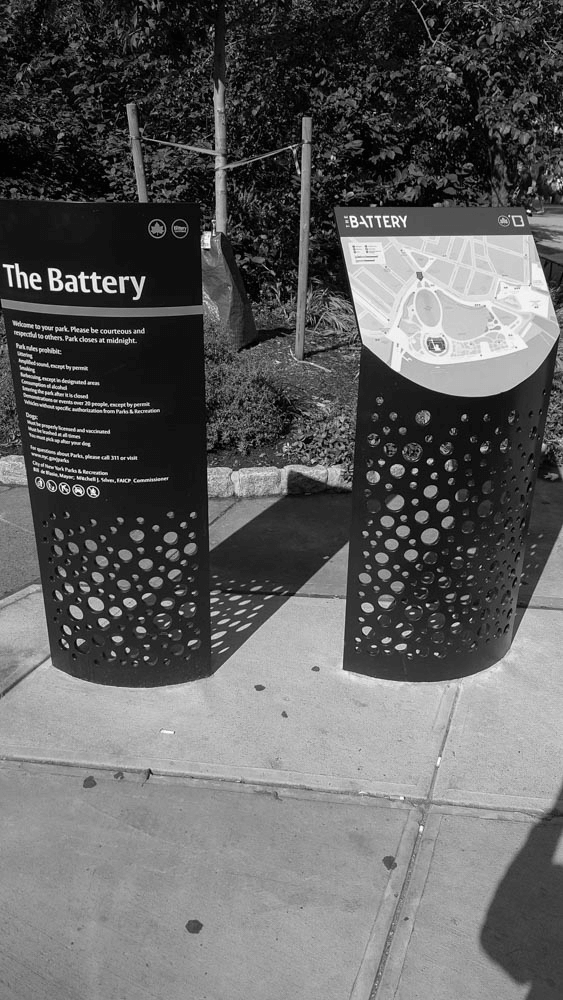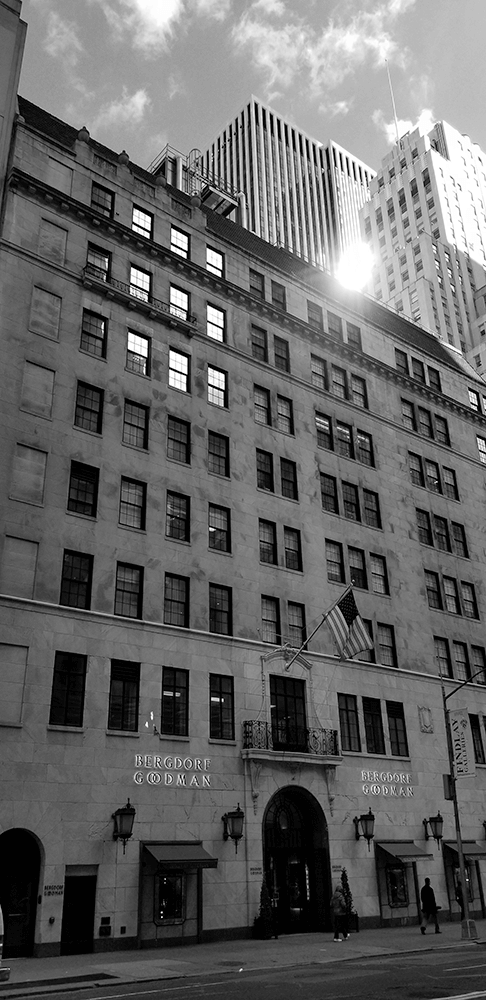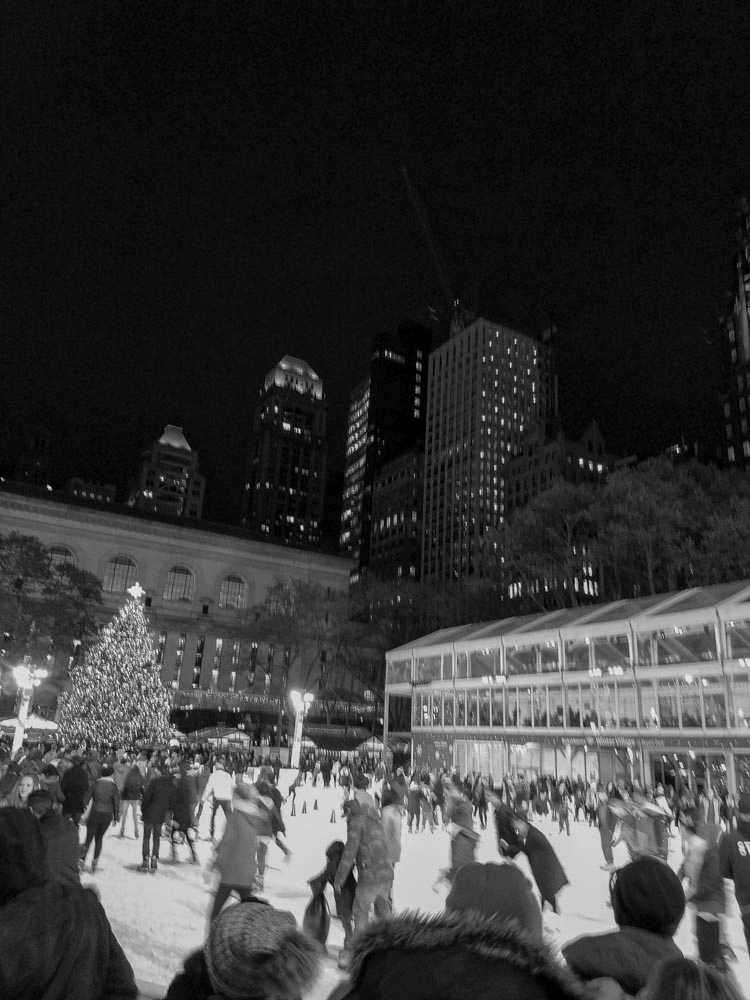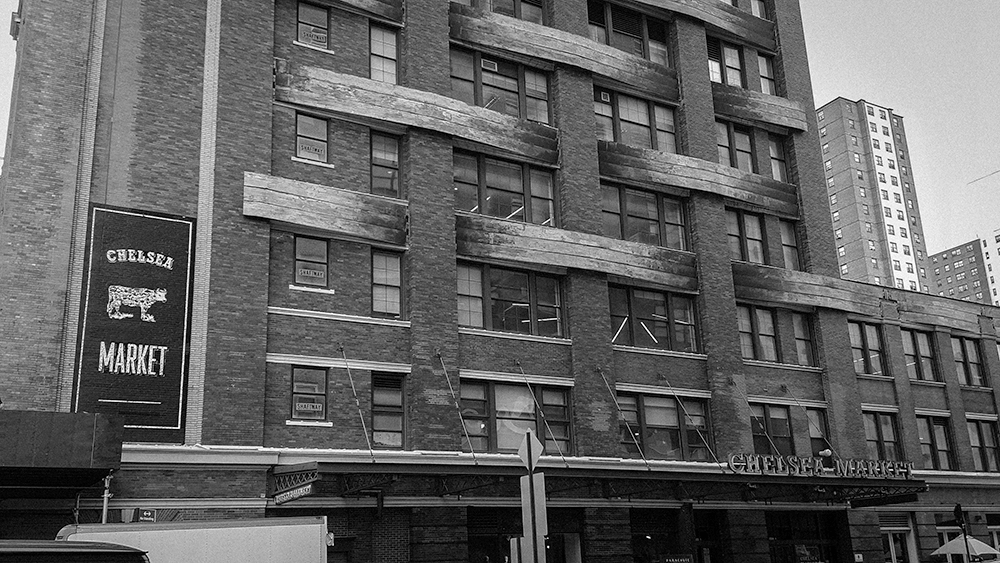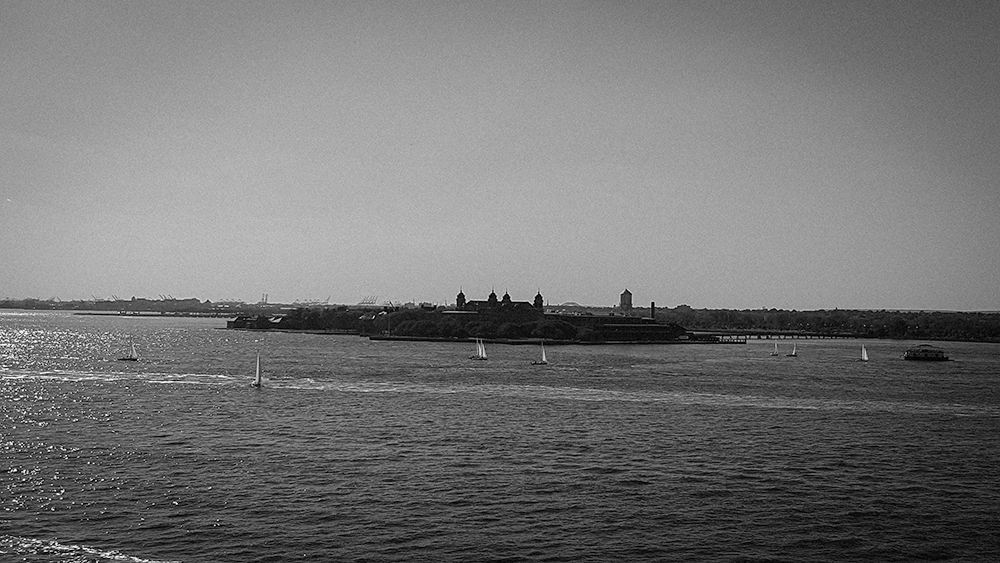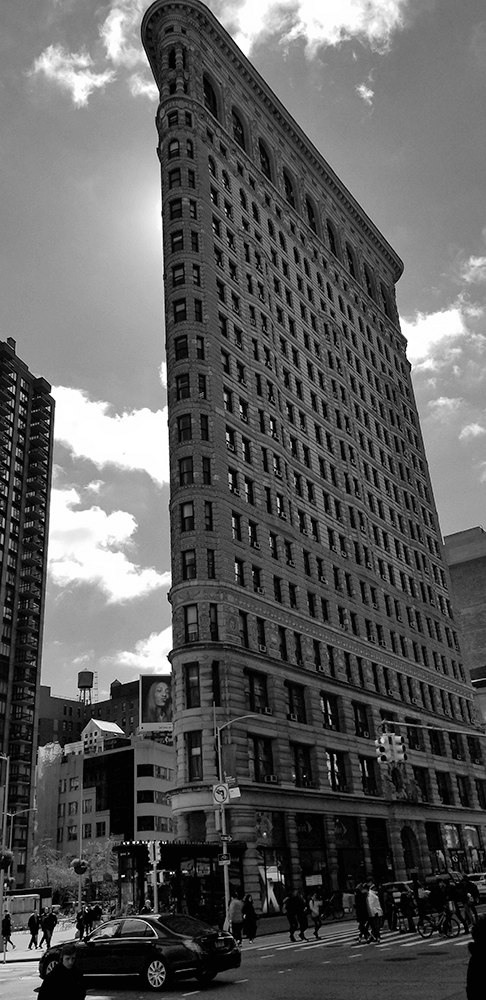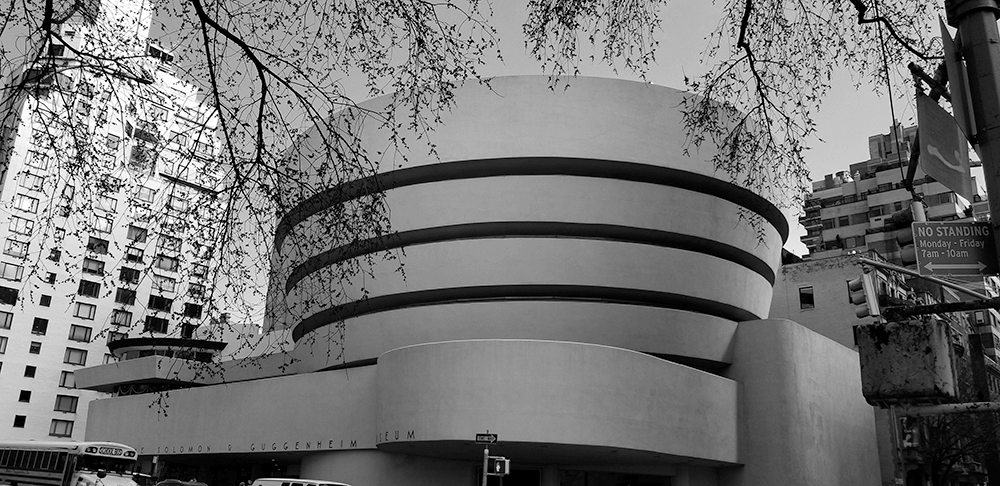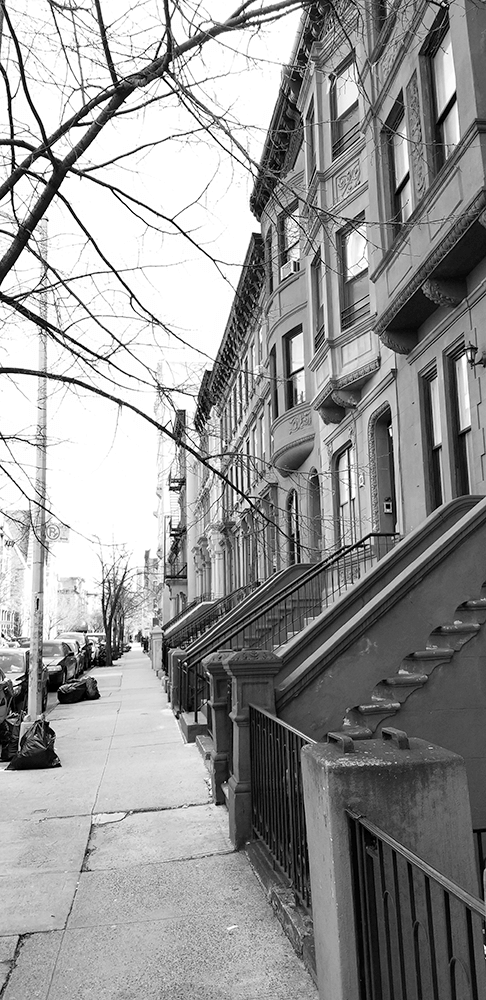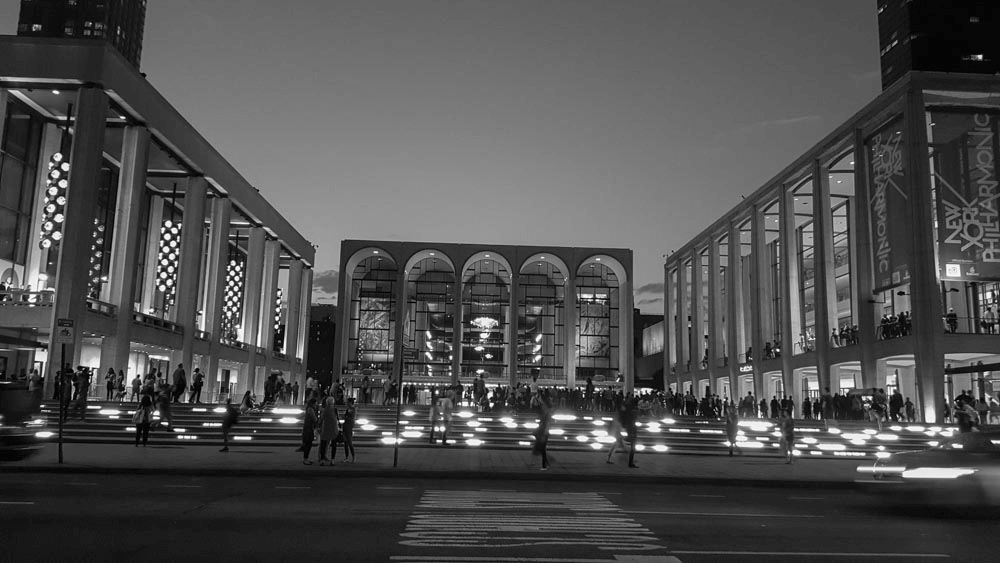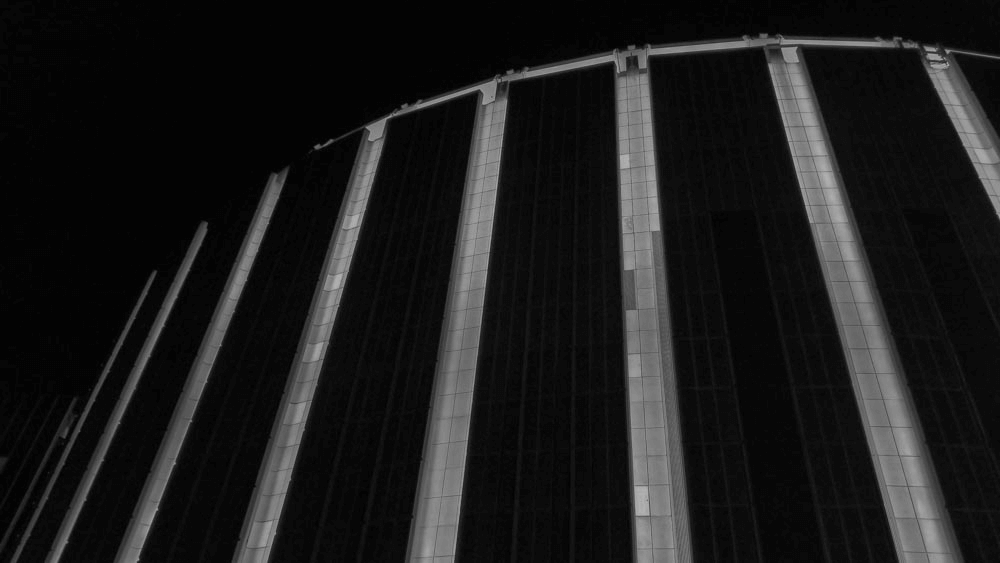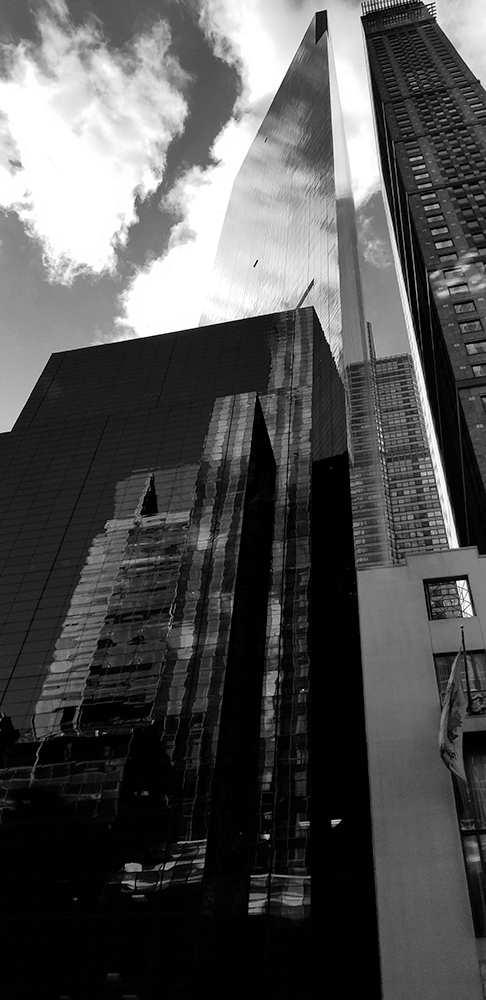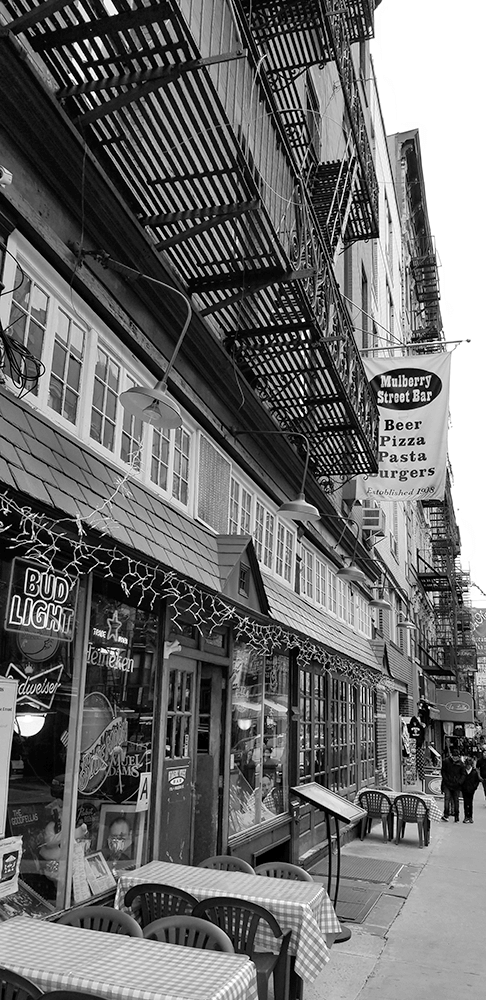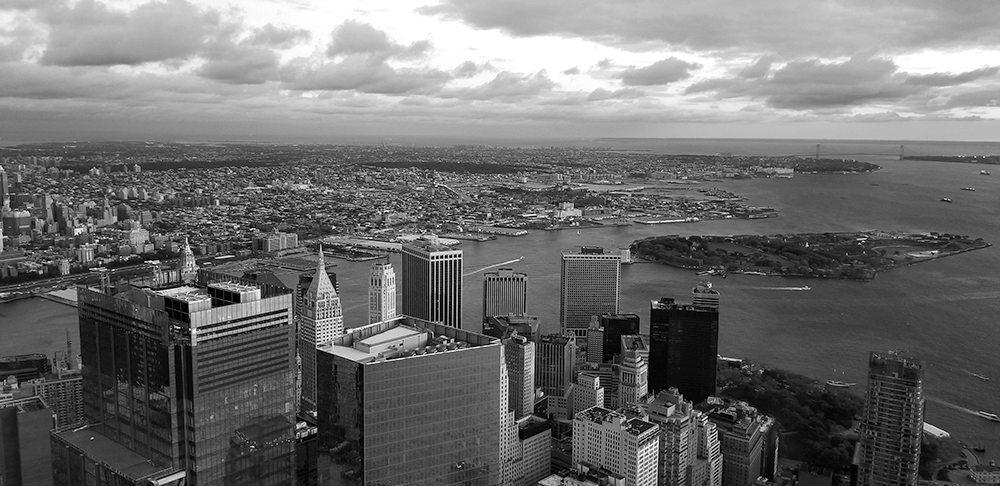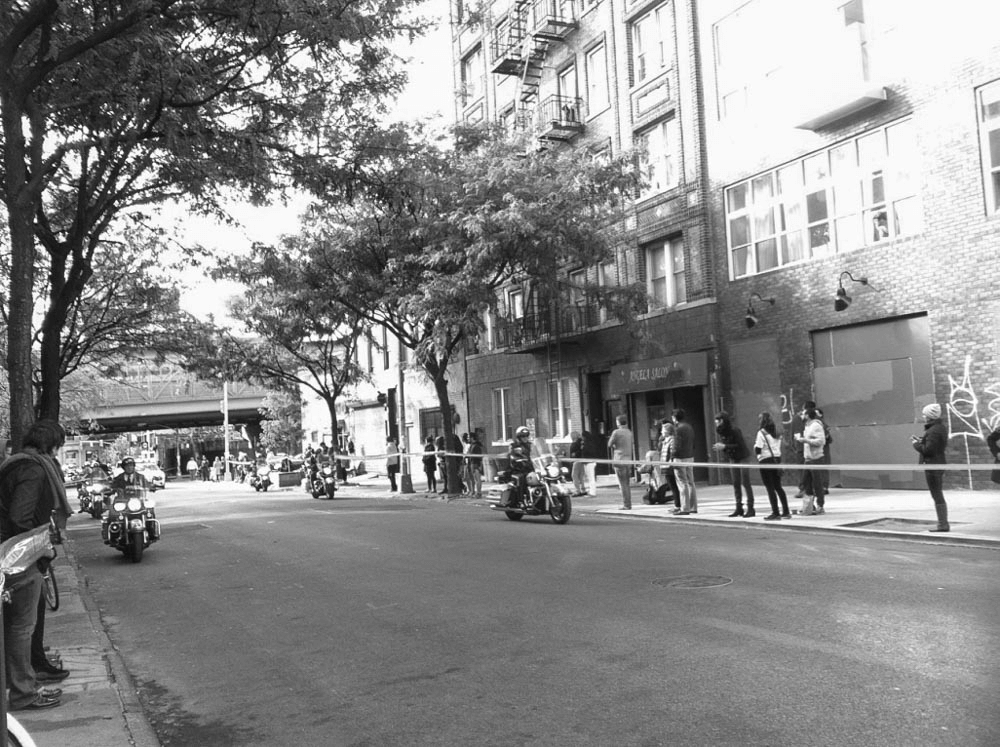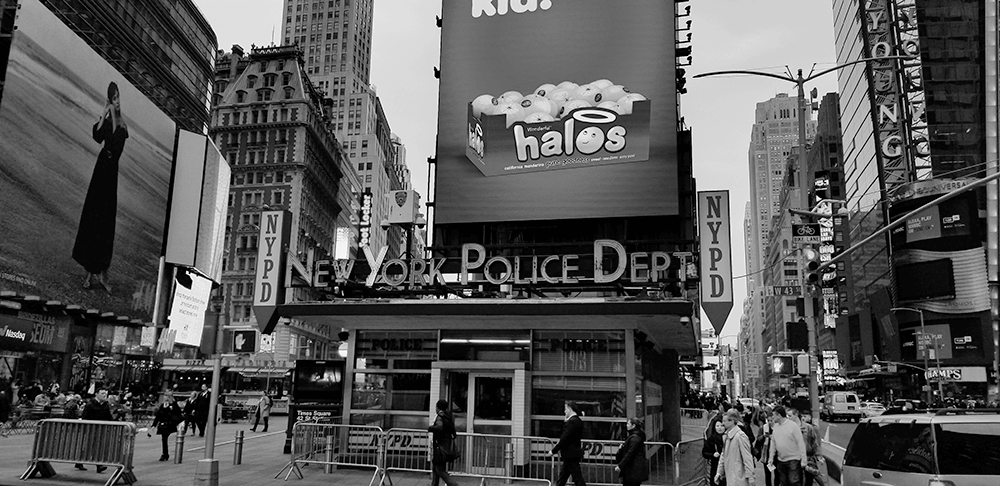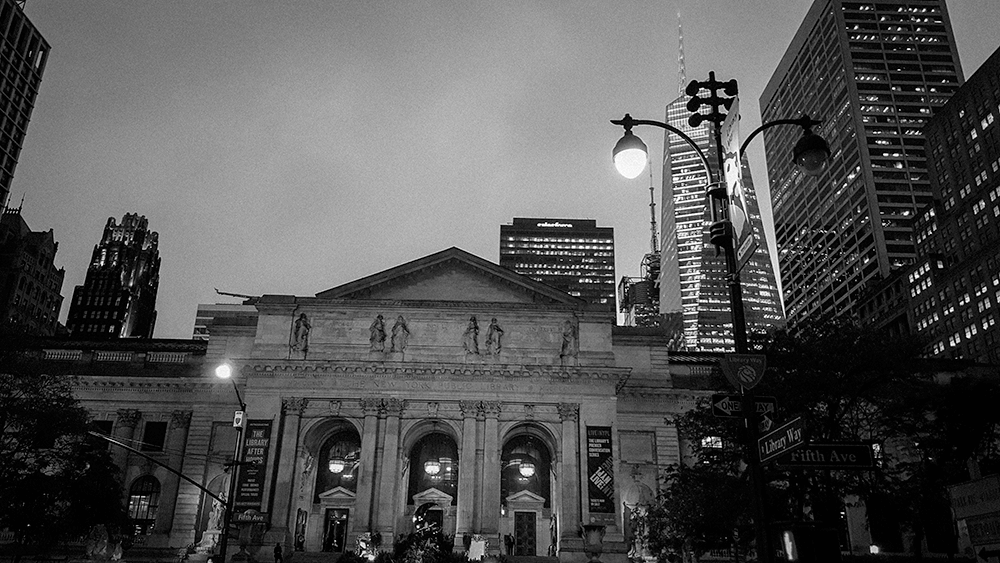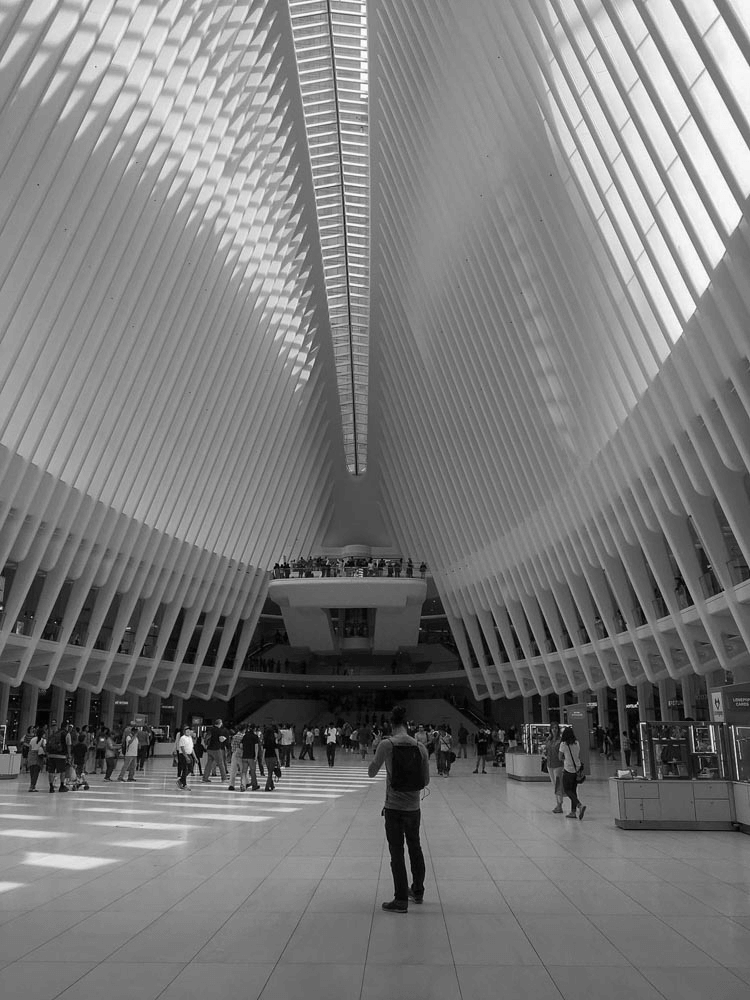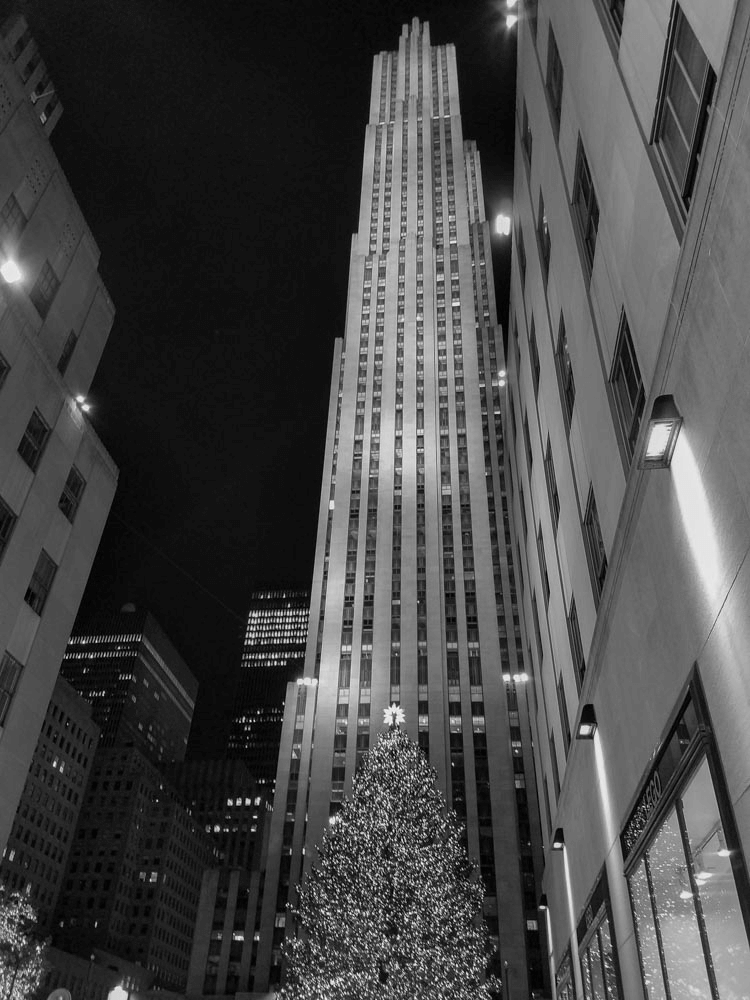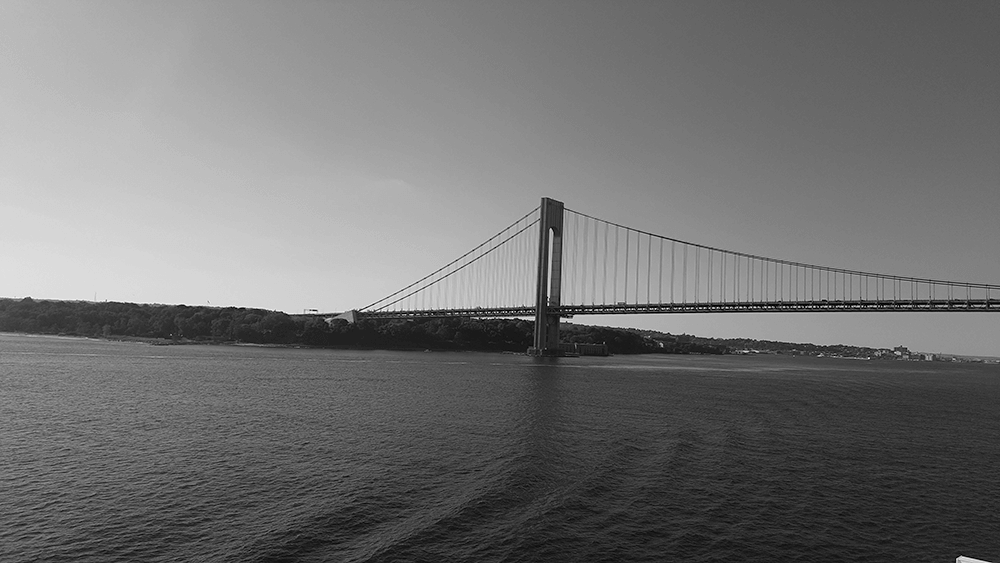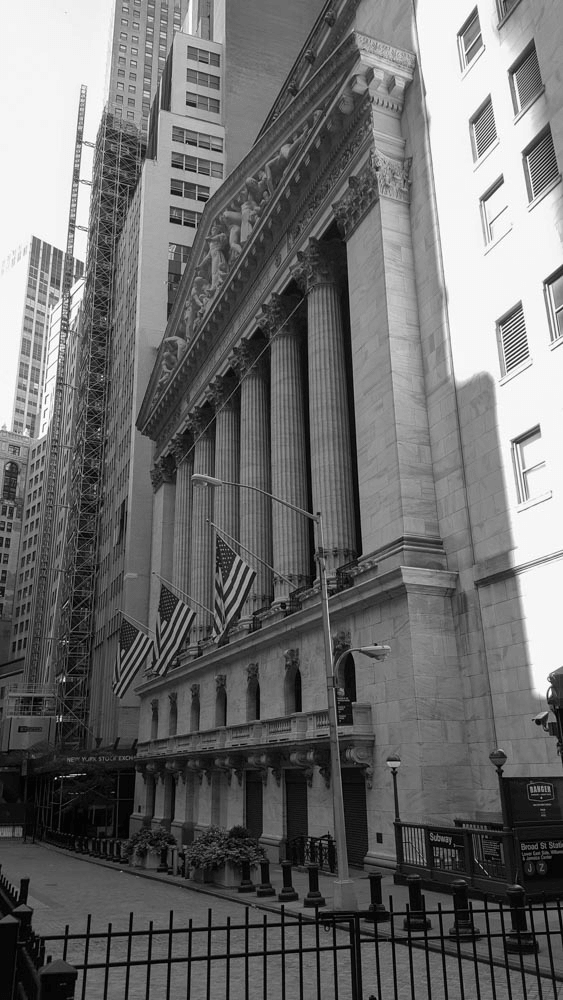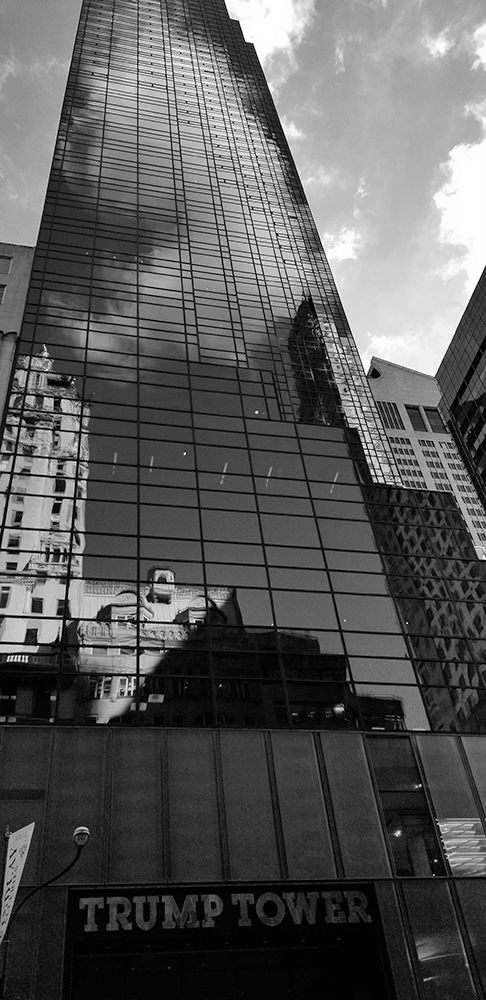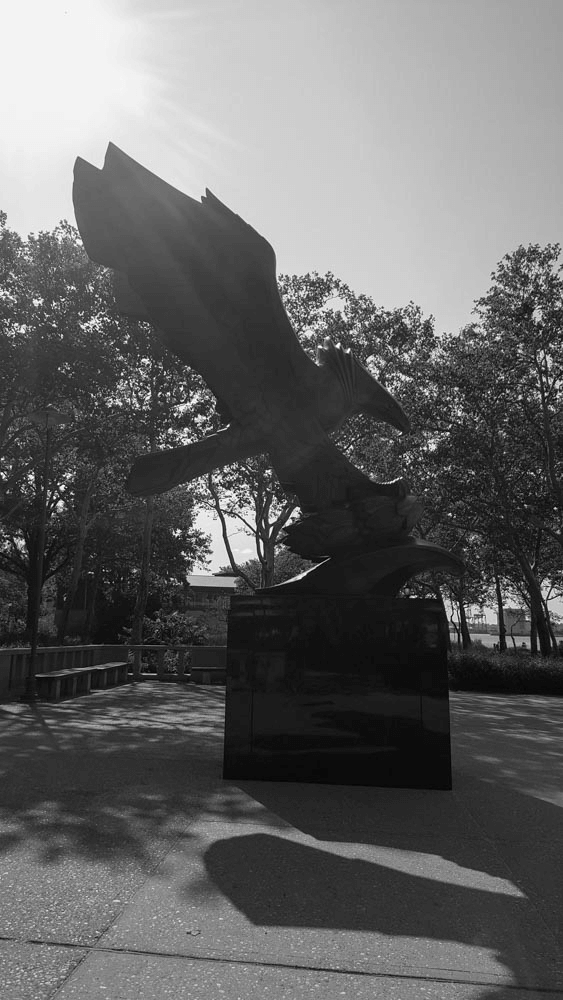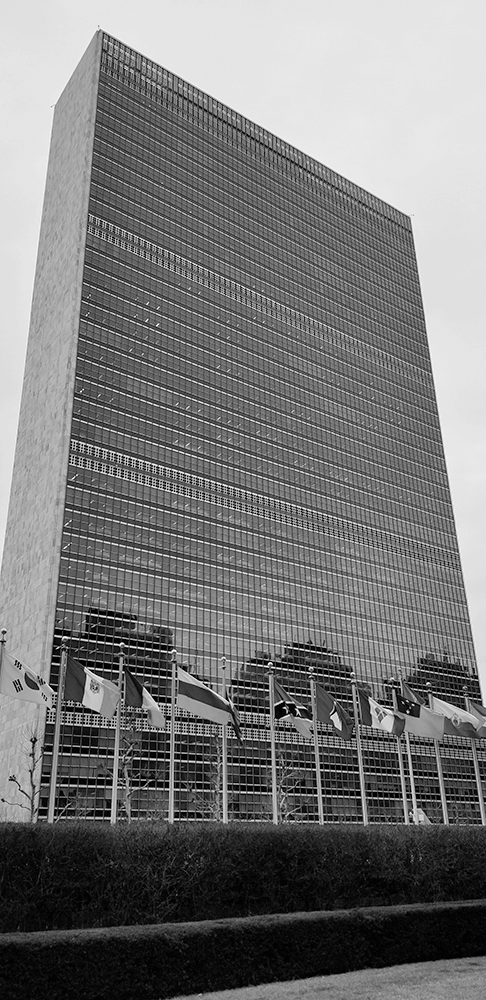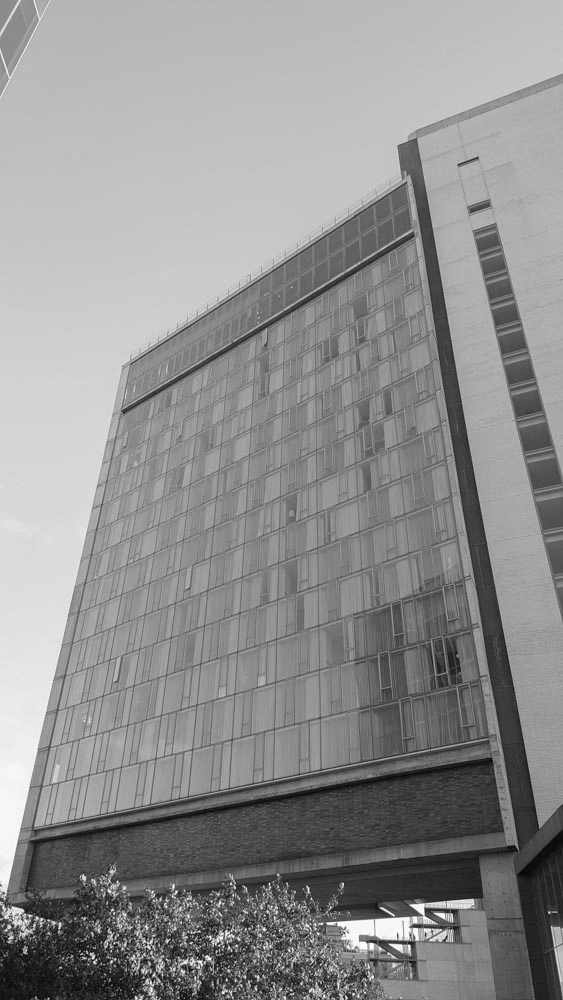Museum
Queens
Moma PS1
MoMA PS1 – Ein Zentrum für zeitgenössische Kunst in New York MoMA PS1 ist eine der ältesten und größten Institutionen für zeitgenössische Kunst in den Vereinigten Staaten. Gelegen in Long Island City, Queens, ist es ein Ableger des berühmten Museum of Modern Art (MoMA) in Manhattan. PS1 wurde 1971 gegründet und hat sich seitdem als bedeutender Ort für innovative und experimentelle Kunst etabliert. Geschichte und Entwicklung Ursprünglich als P.S. 1 Contemporary Art Center eröffnet, war das Gebäude früher eine öffentliche Schule. Die Umwandlung in ein Kunstzentrum war das Ergebnis des Engagements einer Gruppe von Künstlern und Kuratoren, die einen Raum für die Präsentation zeitgenössischer Kunst schaffen wollten: Gründung: PS1 wurde 1971 von einer Gruppe von Künstlern, darunter Alanna Heiss, gegründet. Ihr Ziel war es, einen Raum zu schaffen, in dem experimentelle Kunst präsentiert werden kann, die in traditionellen Museen oft keinen Platz findet. Integration ins MoMA: Im Jahr 2000 wurde PS1 offiziell Teil des MoMA, was seine Bedeutung in der Kunstszene weiter festigte. Diese Partnerschaft ermöglichte es PS1, von den Ressourcen und dem Netzwerk des MoMA zu profitieren, während es seinen eigenen, einzigartigen Charakter bewahrte. Architektur und Räumlichkeiten Das Gebäude von MoMA PS1 ist ein beeindruckendes Beispiel für industrielle Architektur: Bauwerk: Das ehemalige Schulgebäude ist ein dreigeschossiger Bau mit großen, offenen Räumen, die sich ideal für die Präsentation von Kunstwerken eignen. Die hohen Decken und großen Fenster sorgen für eine helle, einladende Atmosphäre. Ausstellungsräume: PS1 bietet eine Vielzahl von Ausstellungsräumen, die flexibel gestaltet sind und es ermöglichen, sowohl große Installationen als auch kleinere, intime Ausstellungen zu präsentieren. Diese Flexibilität fördert die Kreativität und ermöglicht es Künstlern, ihre Werke in einem einzigartigen Kontext zu zeigen. Ausstellungen und Programme MoMA PS1 ist bekannt für seine innovativen und vielfältigen Ausstellungen: Wechselausstellungen: Das Zentrum organisiert regelmäßig Wechselausstellungen, die sich mit aktuellen Themen und Trends in der zeitgenössischen Kunst beschäftigen. Diese Ausstellungen präsentieren Arbeiten von sowohl etablierten als auch aufstrebenden Künstlern aus der ganzen Welt. Künstlerresidenzen: PS1 bietet Künstlerresidenzen an, die es Künstlern ermöglichen, im Zentrum zu arbeiten und ihre Projekte zu entwickeln. Diese Residenzen fördern den Austausch zwischen Künstlern und der Gemeinschaft und tragen zur Schaffung neuer, spannender Kunstwerke bei. Veranstaltungen und Performances: Neben Ausstellungen organisiert PS1 auch eine Vielzahl von Veranstaltungen, darunter Performances, Filmvorführungen und Vorträge. Diese Programme bieten den Besuchern die Möglichkeit, direkt mit Künstlern und Kuratoren in Kontakt zu treten und mehr über die kreativen Prozesse hinter den Werken zu erfahren. Gemeinschaft und Engagement MoMA PS1 hat sich als wichtiger Teil der Gemeinschaft in Queens etabliert: Zugang zur Kunst: PS1 setzt sich dafür ein, zeitgenössische Kunst für alle zugänglich zu machen. Der Eintritt ist oft kostenlos oder zu einem ermäßigten Preis, sodass eine breite Öffentlichkeit die Ausstellungen besuchen kann. Bildungsprogramme: Das Zentrum bietet eine Vielzahl von Bildungsprogrammen für Schüler, Studenten und Kunstinteressierte an. Diese Programme zielen darauf ab, das Verständnis für zeitgenössische Kunst zu vertiefen und die Auseinandersetzung mit den präsentierten Werken zu fördern. Kulturelle Veranstaltungen: PS1 veranstaltet regelmäßig kulturelle Events, die die Vielfalt der Gemeinschaft widerspiegeln. Diese Veranstaltungen fördern den Austausch zwischen Künstlern und Besuchern und stärken das Gemeinschaftsgefühl. MoMA PS1 ist ein unverzichtbarer Bestandteil der zeitgenössischen Kunstlandschaft in New York City. Mit seiner beeindruckenden Sammlung, seinen innovativen Ausstellungen und seinem Engagement für die Gemeinschaft bietet PS1 einen einzigartigen Raum für die Erkundung und Feier zeitgenössischer Kunst. Ob für eine inspirierende Ausstellung, eine spannende Performance oder ein informatives Bildungsprogramm – MoMA PS1 bleibt ein dynamisches Zentrum für kreative Ausdrucksformen und kulturelle Vielfalt.
1 2 NYCGO 3 4
